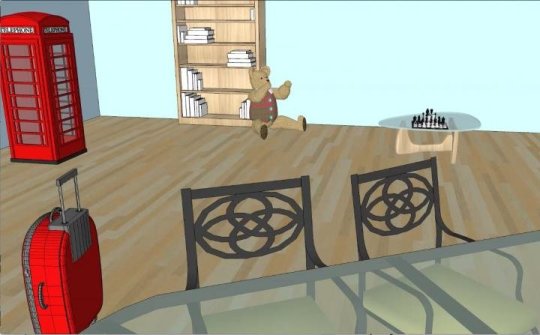31 Jan Virtual Reality Study Helps Identify How Memories Are Stored and Retrieved
MedicalResearch.com Interview with:
Halle Dimsdale-Zucker
University of California, Davis
Center for Neuroscience | Ph.D. Candidate
MedicalResearch.com: What is the background for this study? What are the main findings?
Response: This study sought to test competing models for how different types of retrieved contextual information (spatial, episodic – which is spatial AND temporal information) are supported by the hippocampus and its subfields. We only found differences between the subfields when people were spontaneously reactivating episodic, but not spatial information. This is surprising because a dominant view of the hippocampus is that it is specialized to represent spatial information.
What this suggests is that when there is more than just spatial information that can be remembered that the hippocampus is able to flexibly represent whatever information is most task-relevant for remembering and distinguishing items from one another.
Intriguingly, we found that different subfields represented shared episodic contextual information and item-unique contextual information. This highlights that our memories need to both link together common features of related events while retaining the event-specific details.

UC Davis neuroscientists are using virtual reality to investigate how memories are organized. Graduate student Halle Dimsdale-Zucker showed subjects movies created with virtual sketching software and asked them questions about objects inside the houses. She was able to show that different regions of a brain structure called the hippocampus play different roles in remembering items in context.
Credit: Halle Dimsdale-Zucker, UC Davis
MedicalResearch.com: What should clinicians and patients take away from your report?
Response: Two things: Firstly when we remember items that have previously been learned that we also spontaneously reactivate related contextual details from our initial experiences with those items. We already know that we can use context as a way to cue our memories (e.g., when searching for our keys, we might walk into the room where we think they are), but this suggests that when items are remembered we are also remembering context information (e.g., when we remember our keys, we are also brining to mind the specific location we left them last night).
Secondly, the brain (specifically, we found, the hippocampus) can represent both item-specific information and shared information. This helps us to understand how we can remember shared features of related experiences while maintaining the specifics of each experience on its own.
MedicalResearch.com: What recommendations do you have for future research as a result of this study?
Response: In order to test these questions about representations of spatial and episodic contextual information, we tried to design stimuli that were naturalistic using an architectural drawing program called Google SketchUp. This allowed us to have people watch videos (episodic contexts) of objects within two different virtual homes (spatial contexts). The ability to use naturalistic stimuli allowed us to engage people and to try to approximate the real world but while maintaining the tight experimental control of doing this study in the research lab. Naturalistic approaches like this may help us to better understand how memory works in our everyday lives.
No disclosures
MedicalResearch.com: Thank you for your contribution to the MedicalResearch.com community.
Citation:
Halle R. Dimsdale-Zucker, Maureen Ritchey, Arne D. Ekstrom, Andrew P. Yonelinas, Charan Ranganath. CA1 and CA3 differentially support spontaneous retrieval of episodic contexts within human hippocampal subfields. Nature Communications, 2018; 9 (1) DOI: 1038/s41467-017-02752-1
Note: Content is Not intended as medical advice. Please consult your health care provider regarding your specific medical condition and questions.
More Medical Research Interviews on MedicalResearch.com
[wysija_form id=”3″]
Last Updated on January 31, 2018 by Marie Benz MD FAAD

